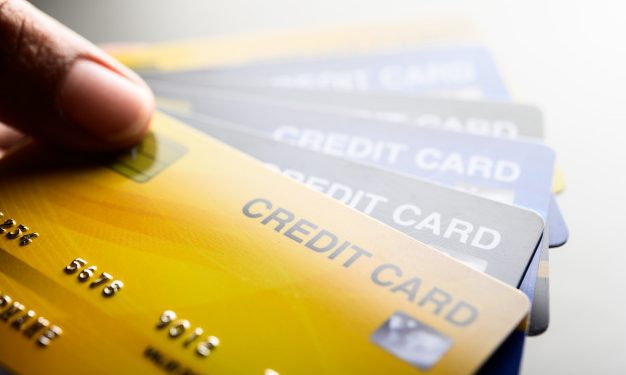It appears that slightly less than $1 trillion in revolving credit card debt is a sweet spot for the United States card market. History has been that the industry experiences stress when debt passes the trillion-dollar mark. Or, perhaps, when the economy sours, the metric falls.
The Federal Reserve Bank announces the level of revolving debt in the United States in a routine report called G-19. For payment geeks, it is fun to watch how the numbers grew since January 1968, when Lyndon B. Johnson was in office. Back then, revolving debt was a mere $1.4 billion, the size of a nice credit union or community bank portfolio.
Twenty years after the first report, in January 1988, revolving debt hit $168 billion, and by December 2007, the U.S. market passed the $1 trillion mark, a historical data point. Then came the Great Recession, which occurred between December 2007 and June 2009.
With account closures and curtailed spending, revolving debt began to drop, and by November 2008, it bottomed at $987 billion. The winter holidays brought $16 billion in revolving debt, which toggled the number back over $1 trillion.
Revolving credit card debt began to fall again, as issuers tightened their standards, and accounts charge-offs purged weak accounts. April 2011 was a lull at $789 billion. Once the Great Recession settled and the economy normalized, revolving debt growth was back on the mend. The U.S. market passed the trillion-dollar mark again in August 2018, where it plateaued at $1.08 trillion in March 2020, coincident with the current COVID-19 event.
Now we see the number drop two months in a row, first to $1.02 trillion in April 2020, then to $995.6 billion in May 2020. There certainly is concern about the short term implications, but in the long term, households rely on credit, and business is not tapering off.
CNBC points out that non-revolving debt reacted differently, but that is a different animal.
- Meanwhile, non-revolving credit debt, commonly referred to as installment debt, rose to $3.117 trillion in May 2020, after a dip in April 2020 ($3.111 trillion). Non-revolving debt includes mortgages and auto, student and personal loans.
With auto loans and student loans in the mix, there is a natural uptick, unlike revolving debt that aligns so much to the economy.
But, in consumer credit cards, the “T” word is a big deal. Based on historical performance, we will see steady declines over the coming year, but it will bounce back as the economy recovers. This is an essential time for credit card issuers to hone their strategy. Every firm should consider the delinquency wave that will come between 3Q20 and 2Q21 as payment deferrals expire and unemployment lags.
Now is a good time to read, or re-read, Mercator Advisory Group’s research on softening the back end of collections and reducing collection agency expense. Credit Card Charge-Off Collections Takes Brains, not Brawn, will explain how to get through a rocky collection cycle without alienating your cardholders. The economy will survive, and so will the consumer.
Overview by Brian Riley, Director, Credit Advisory Service at Mercator Advisory Group











